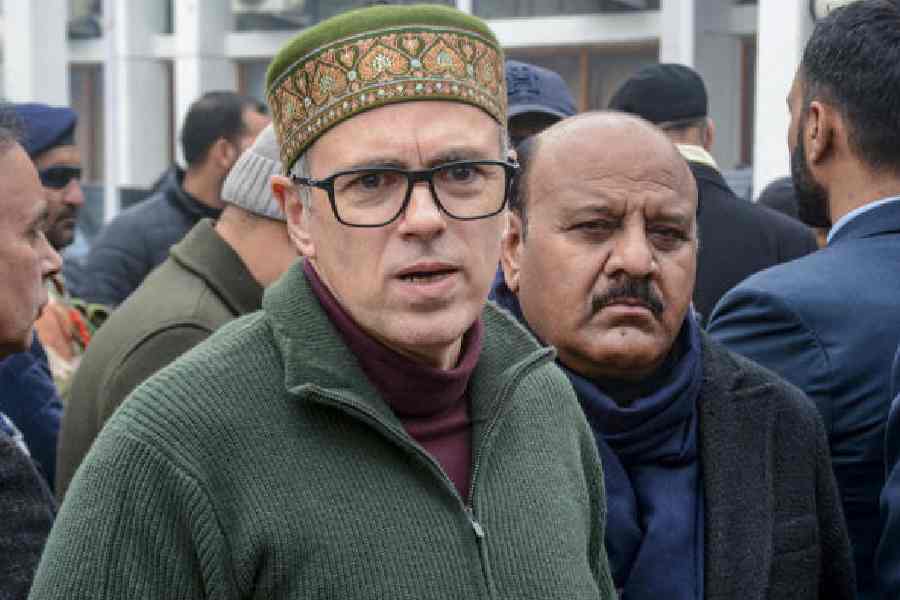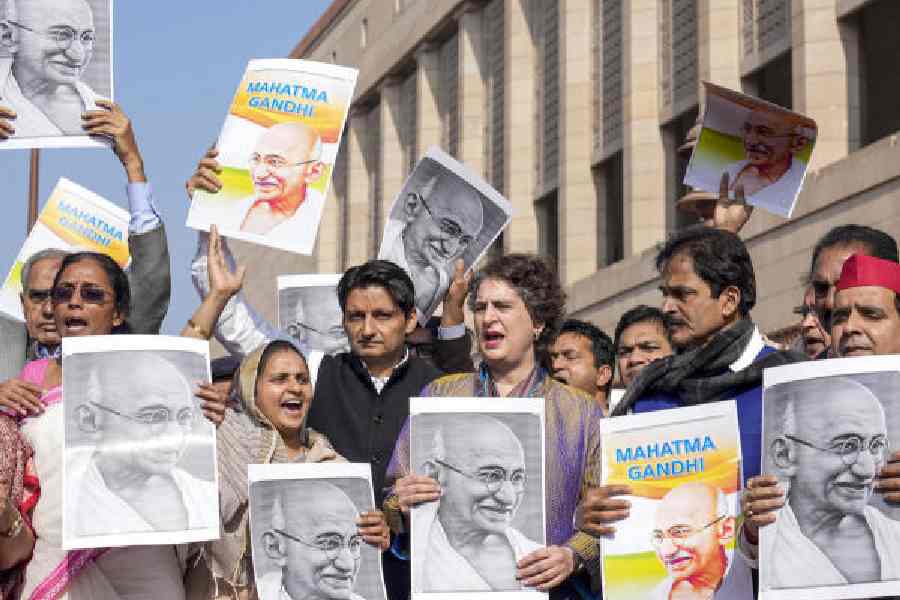Right from Father’s Little Dividend (1951) and To Kill a Mockingbird (1968) to Father of the Bride (1950; remade in 1991) and Father (2020), cinema has long cherished the father-daughter relationship, often portraying it through idealistic, protective and sentimental lenses. From overbearing patriarchs to doting guardians, the narrative arc is frequently driven by either the father’s control or his eventual acceptance of his daughter’s independence. Charlotte Wells’s Aftersun (2022) and Debra Granik’s Leave No Trace (2018) disrupt this tradition. They offer meditative, understated explorations of the bond, choosing complexity, silence and emotional subtlety over melodrama or conventional sentimentality. Through their distinct tones and narrative frameworks, these films delve into themes of mental health, freedom, memory and the quiet ache of separation, crafting a powerful, if melancholic, reimagination of familial love.
Steeped in memory, melancholy and the spaces between, Aftersun, Wells’s semi-autobiographical debut feature, unfolds like a scrapbook of faded summer remembrances. The film follows 11-year-old Sophie on a Turkish holiday with her father Calum, a man barely into his 30s. Told through fragmented recollections and home-video-like visuals, Aftersun is less about a plot and more about emotional impressions – what is felt but never quite said.
Calum, played with aching restraint by Paul Mescal, is a loving and playful father who is haunted by inner turmoil that he hides from Sophie (Frankie Corio) as best he can. Their relationship is intimate and gentle, full of in-jokes, karaoke and stolen quiet moments. But through Sophie’s eyes – and later, the adult Sophie trying to reconstruct those days from memory – we begin to notice the fractures. Calum’s absences, his bruises, his sudden moments of detachment, and his battle with depression become all the more devastating in contrast to his tenderness.
What makes Aftersun unique is its ambiguity. The film resists clear explanations. Calum is not a failed father, nor is he idealised. He is a young man trying to be a good dad while managing a pain he doesn’t yet know how to name. Sophie, for her part, is perceptive and loving but also a child unable to fully comprehend what her father is going through. It is only in hindsight – in the adult Sophie’s attempts to reconstruct her father’s emotional world – that we understand the depth of his suffering.
This dynamic subverts traditional portrayals of fatherhood in cinema. There is no grand gesture, no final confrontation or reconciliation. There is instead a mutual, wordless love. The tragedy lies in what is not said – and what is realised too late. The father-daughter bond here is defined by presence and absence, by what was shared and what was missed. Aftersun offers a narrative of quiet loss but also of deep, enduring love – unspoken and unshowy, yet no less powerful.
From shared memory to shared survival
In contrast to Aftersun’s sun-dappled nostalgia, Leave No Trace, a quiet exploration of love, freedom and the art of letting go, is rooted in the cool, damp woods of the Pacific Northwest. It tells the story of Will (Ben Foster), a war veteran suffering from PTSD, who lives off the grid with his 13-year-old daughter Tom (Thomasin McKenzie). They inhabit a precarious peace in the forest, away from the complications of society. But when they are discovered by authorities, they are forced to reintegrate into a world that Will no longer understands or wants, and which Tom begins to find appealing.
This father-daughter relationship is not about shared memories but shared survival. Tom is home-schooled in both academics and wilderness skills. She trusts and admires her father but slowly starts to question the life he has chosen for them. As they move through shelters, remote farms and isolated cabins, a painful but necessary shift occurs: Tom begins to crave stability and community, while Will cannot let go of his trauma-fuelled detachment from society.
The emotional core of Leave No Trace is the evolving difference in what the father and daughter need. Will is not abusive or negligent – in fact, he is highly attentive, kind and deeply moral. Yet his trauma defines his decisions, and ultimately, he cannot prioritise Tom’s growth over his fear of the world. Tom, sensitive and intelligent, comes to understand this and makes the heart-breaking decision to stay behind as Will walks away.
Granik avoids villainising either character. Like Aftersun, Leave No Trace rejects melodrama for a subtle, observational realism. The love between Will and Tom is profound, but it is not enough to keep them together. In a particularly poignant scene, Tom whispers, ‘The same thing that’s wrong with you isn’t wrong with me.’ It’s a line filled with compassion, not accusation. The tragedy here is not betrayal but incompatibility – a love that can no longer be sustained by proximity.
What connects Aftersun and Leave No Trace, apart from the way they deal with and hint at mental health issues, is the way they de-centre the traditional, patriarchal father figure. These fathers are not disciplinarians or authority figures, nor are they omniscient protectors. Instead, they are vulnerable, complex individuals. In both films, the daughters are not rebellious caricatures either. Sophie and Tom are curious, emotionally intelligent girls who seek connection with their fathers while growing into their own selves. This balance between love and individual need becomes the dramatic tension in each film.
Moreover, both films are directed by women, and that may be crucial to understanding their fresh approach. There is a sensitivity to inner life, a resistance to dramatising conflict for its own sake, and a deep attention to emotional nuance that defines both films. The father-daughter bond is presented not as something idealised or didactic but as something real: layered, sometimes painful, often beautiful.
In both stories, the act of letting go becomes central. In Aftersun, Sophie must eventually let go of her quest to fully understand her father, accepting the limitations of memory and grief. In Leave No Trace, Tom must let go of her father himself – not because she stops loving him but because she loves herself enough to choose a different path.
While cinema has no shortage of father-daughter stories, few approach the relationship with the grace, patience and realism of Aftersun and Leave No Trace. These are not tales of rebellion or reconciliation, but of understanding. The fathers are not infallible heroes, nor tragic failures. They are men trying, loving, failing, and in some ways succeeding. The daughters are not simply recipients of love or rebellion; they are observers, participants, and ultimately narrators of their own journeys.
Both films choose silence over speeches, gesture over exposition, and quiet emotional clarity over resolution. There’s no hammering of truisms, only an organic unfolding of a relationship in both. In doing so, they mark a quiet revolution in cinematic portrayals of family – one where love is not measured by control or sacrifice, but by presence, respect, and the courage to let go. If Aftersun has a certain element of distancing that works brilliantly – after all, it’s dealing with a young woman, a new mother, trying to remember what her father might have been experiencing all those decades ago, when she was just a child coming into her own – Leave No Trace offers delectable insights into those who opt out and cannot fit in with the wider world around. Both are moving portraits of a father and daughter who love each other, and are trying to understand each other – and as the audience we are trying to understand what these characters and their relationships are about. They show that sometimes, the most profound acts of love are the ones that happen in silence, in the spaces between words, in the decisions made alone, and in the memories that remain.
(Shantanu Ray Chaudhuri is a film and music buff, editor, publisher, film critic and writer)










